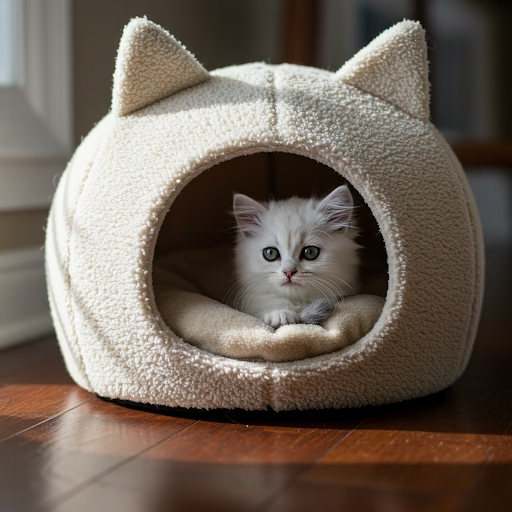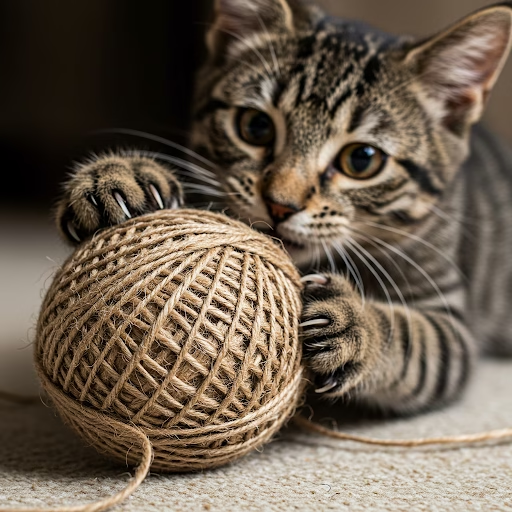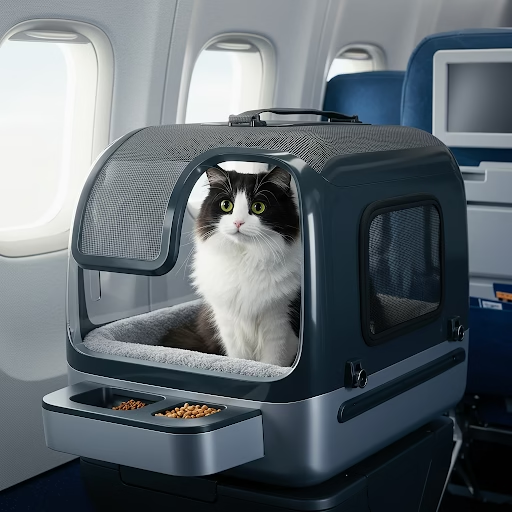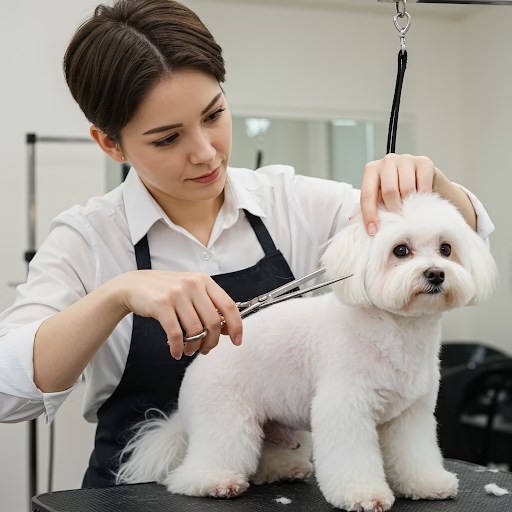As cats age, their needs change, requiring specialized care to maintain their comfort and mobility. Senior cats may experience joint pain, arthritis, and decreased energy levels, making it essential for pet owners to adjust their environment and routine. For Senior Cat Comfort & Mobility, understanding their unique challenges and implementing supportive solutions, you can help your aging feline stay comfortable and active.
Why Senior Cat Comfort & Mobility Matters
Aging cats often struggle with joint stiffness, reduced flexibility, and overall decreased mobility. These issues can affect their ability to climb, jump, or even use the litter box properly. Addressing these concerns improves their quality of life and helps prevent further health complications.
Also Read: WisdomPost
How to Support Your Senior Cat’s Comfort & Mobility
1. Provide Joint Support & Pain Management
- Supplements: Glucosamine, chondroitin, and omega-3 fatty acids can improve joint health and reduce inflammation.
- Veterinary Care: Regular check-ups ensure early detection of arthritis or mobility issues.
- Medications: Consult a vet for pain relief options such as anti-inflammatory drugs or acupuncture.
2. Create an Accessible Home Environment
- Ramps & Stairs: Help cats reach their favorite spots without jumping.
- Low-Entry Litter Boxes: Easier access prevents discomfort and accidents.
- Orthopedic Bedding: Supports aging joints and relieves pressure points.
3. Encourage Gentle Exercise & Activity
- Interactive Toys: Low-impact play keeps them engaged and mobile.
- Short, Frequent Play Sessions: Helps maintain muscle strength without overexertion.
- Massage & Stretching: Promotes circulation and flexibility.
4. Maintain Proper Nutrition for Joint Health
- High-Quality Protein: Supports muscle maintenance.
- Hydration: Keep fresh water available to prevent dehydration-related stiffness.
- Weight Management: Excess weight strains joints, so portion control is crucial.
5. Keep an Eye on Behavioral Changes
- Reluctance to Jump or Move: Could indicate pain or arthritis.
- Changes in Grooming Habits: Difficulty reaching certain areas may be a sign of discomfort.
- Decreased Appetite or Activity: Could signal underlying health issues that need veterinary attention.
Outbound Resource for Further Reading:
By making these adjustments, you can ensure your senior cat enjoys a comfortable and fulfilling life. Regular vet visits, a supportive home setup, and proper nutrition will help them age gracefully while maintaining their mobility and happiness.




